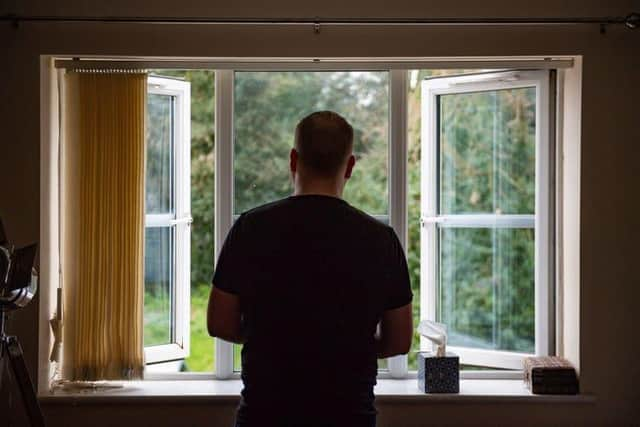Thousands of Doncaster patients missed from shielding list at start of lockdown
and live on Freeview channel 276
A group of MPs said the Government's lack of planning created a postcode lottery with areas across England reporting unacceptable variations in the number of people shielding.
The Government originally asked those considered to be the most vulnerable to Covid-19 to isolate at home in March last year.
Advertisement
Hide AdAdvertisement
Hide AdNHS Digital figures show 8,415 patients in Doncaster were on the shielding list by April 12 – the earliest version available.


Local doctors were then asked to review the data, causing the patient count to soar to 17,100 by May 15 – an increase of 103 per cent.
Across England, reviews led shielding numbers to increase by 73 per cent – but this varied hugely regionally, from just 15 per cent in Carlisle to 352 per cent in the London borough of Hounslow.
The Commons Public Accounts Committee said the "unacceptable" level of variation was evidence of a postcode lottery, as the list grew from 1.3 million to 2.2 million nationally.
Advertisement
Hide AdAdvertisement
Hide AdCommittee chairwoman Meg Hillier said this was caused by "poor data" and a lack of "joined-up policy systems".
She said: “The shielding response in the Covid pandemic has particularly exposed the high human cost of the lack of planning for shielding in pandemic-planning scenarios.
“People were instructed to isolate, to protect themselves and others – but the cost of this protection was reduced access to living essentials like food, and an untold toll on mental health and wellbeing.”
MPs also found that a contact centre established to trace those who did not respond to an initial shielding letter was unable to reach 800,000 people – and it is still not known whether they had been contacted by local authorities.
Advertisement
Hide AdAdvertisement
Hide AdClinically extremely vulnerable patients in England have not needed to isolate since April 1, by which point over 90% had received at least one vaccine dose.
The national shielding list increased significantly again in February, when scientists developed a new tool to assess whether someone is at risk of severe disease or death.
The latest update shows the number on the shielding list in Doncaster has risen to 23,085 as of April 14 – 14,670 more than a year previously.
The British Medical Association said inadequate planning and unclear Government communication made shielding a distressing experience, and jeopardised the public's health and wellbeing.
Advertisement
Hide AdAdvertisement
Hide AdBMA council chair Dr Chaand Nagpaul added: “The shielding lists could have been created more quickly and effectively rather than shifting criteria and suddenly increasing the number of people on the list.
"This led to a huge rise in workload having to contact large numbers of people within a short time frame without comprehensive guidance."
The Government said it delivered an urgent national scheme to contact people and provide them with vital food and medicine so they could shield – but many chose not to take up the offer.
A spokesperson added: “These report findings are disappointing and misjudged.
Advertisement
Hide AdAdvertisement
Hide Ad“We have learned more about the virus and adapted our approach, which has enabled us to protect those most vulnerable by providing them with shielding guidance and prioritising them for vaccination.”
In these confusing and worrying times, local journalism is more vital than ever. Thanks to everyone who helps us ask the questions that matter by taking out a subscription or buying a paper. We stand together. Liam Hoden, editor.
Comment Guidelines
National World encourages reader discussion on our stories. User feedback, insights and back-and-forth exchanges add a rich layer of context to reporting. Please review our Community Guidelines before commenting.
